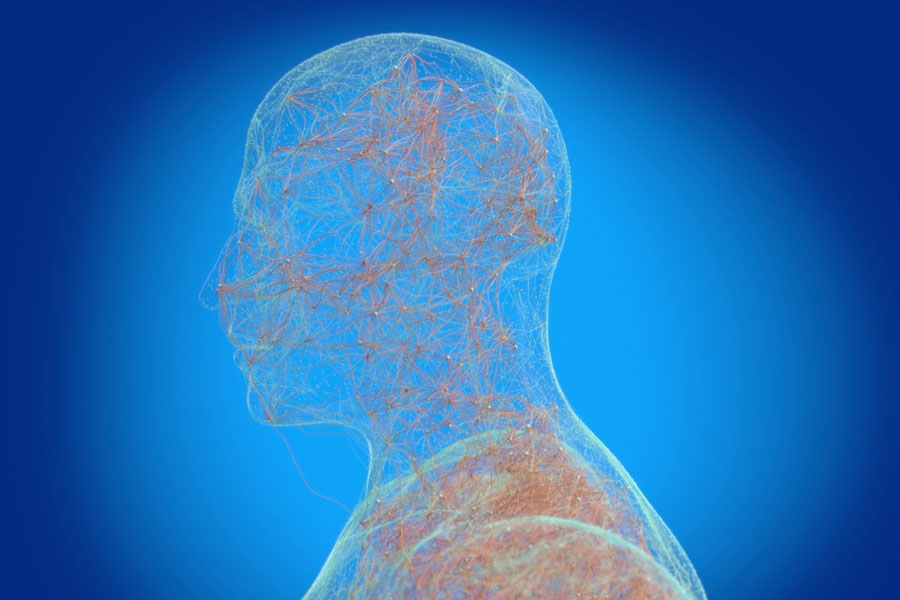
Table of Contents
Creating New Pathways
The term ” neuroplasticity” refers to the brain’s ability to heal and “rewire” itself in response to training and injury. Scientists believed all brain damage was permanent and that adult brains eventually become “hard-wired” due to their habits. However, the latest research shows that this isn’t the case. This should come as good news to those who believe that they’re born to be addicts or alcoholics. We may have spent years drinking and drugging, training our neural pathways to point to our substances of choice. But that same concept of repetitive action can help us create new pathways that will bypass those old ruts. Through practice, we can build neural connections that strengthen our recovery, making sobriety one of the keys to our happiness.
Healthy Body, Healthy Mind
Consistent, repeated behavior is the name of the game. However, researchers have found that some activities are more effective in promoting new connections in the brain. One such activity – as you might have guessed – is exercise. Studies show that exercise can help to generate new brain cells. In addition, the increased blood flow to the brain can increase both grey and white matter. Dr. Art Kramer recommends 30 to 60 minutes of aerobic exercise daily, three days a week, to achieve positive neural effects. And those who are averse to spending their time packed into a gym need not worry. A mere three hours of brisk walking a week can prevent brain atrophy and promote new growth.
Challenge Yourself
Another activity that’s often associated with neuroplasticity is learning a new language. Researchers from the Higher School of Economics in Russia and the University of Helsinki found that language learning promotes brain growth and increases learning capacity. While learning a new language may seem like a Herculean task, don’t fret. A Penn State team studying native English speakers learning Chinese found that participants’ brain networks improved connectivity and efficiency after only six weeks of lessons. A genuine effort toward learning any complex skill or subject can yield positive benefits. Other activities known to promote neuroplasticity include learning a musical instrument, juggling, and creating artwork.
Neuroplasticity and Meditation
A third activity known to promote positive neuroplasticity is meditation. We’ve covered the benefits of meditation and mindfulness before, but it’s such a powerful tool that it’s worth mentioning again. Sara Lazar, a professor at Harvard, wondered about the veracity of her yoga teacher’s claims regarding meditation and mental health and decided to start studying the effects of meditation on the brain. She found that participants’ brain volume increased in four areas, including the hippocampus and temporo-parietal junction, after eight weeks of mindfulness exercises. Furthermore, the amygdala size – the structure responsible for triggering the fight-or-flight response in times of stress – decreased.
If you or a loved one are seeking an addiction or eating disorder treatment center in California, contact Ocean Recovery today. Our Newport Beach rehab has been successfully treating addiction and eating disorders since 2002. We offer therapy, exercise, and mindfulness techniques, helping our clients reset, rewire, and recover. If you or someone you know is struggling with drugs or alcohol, please don’t hesitate to give us a call. Start building your foundation for success.
Was this article helpful? Follow our blog for more information about substance use, addiction, and recovery. Recent posts include topics such as building a sober support network and atypical anorexia.
Sources
Ocean Recovery has strict sourcing guidelines and relies on peer-reviewed studies, academic research institutions, and medical associations for our references. We avoid using tertiary references as our sources. You can learn more about how we source our references by reading our editorial policy.
- SharpBrains. Physical exercise: why aerobic exercise enhances neurogenesis and neuroplasticity. SharpBrains. Accessed August 1, 2022. https://SharpBrains.com/resources/2-the-4-pillars-of-brain-maintenance/physical-exercise-why-aerobic-exercise-enhances-neurogenesis-and-neuroplasticity
- Indivero VM. Learning languages is a workout for brains, both young and old | Penn State University. Published November 12, 2014. Accessed August 1, 2022. https://www.psu.edu/news/research/story/learning-languages-workout-brains-both-young-and-old/
- Hölzel BK, Carmody J, Vangel M, et al. Mindfulness practice leads to increases in regional brain gray matter density. Psychiatry Res. 2011;191(1):36-43. doi:10.1016/j.pscychresns.2010.08.006
OCEAN RECOVERY EDITORIAL GUIDELINES
The internet contains a vast amount of misinformation, but when it comes to your health only peer reviewed, research centered data matters. At Ocean Recovery, all content published throughout our website has been rigorously medically reviewed by a doctorate level clinician, and cross checked for medical accuracy. Our editorial process helps our readers trust that the information they are consuming is factual and based upon scientific data. Your health is our top priority, find out more about how we safeguard the integrity of information on our website. Read More About Our Process




